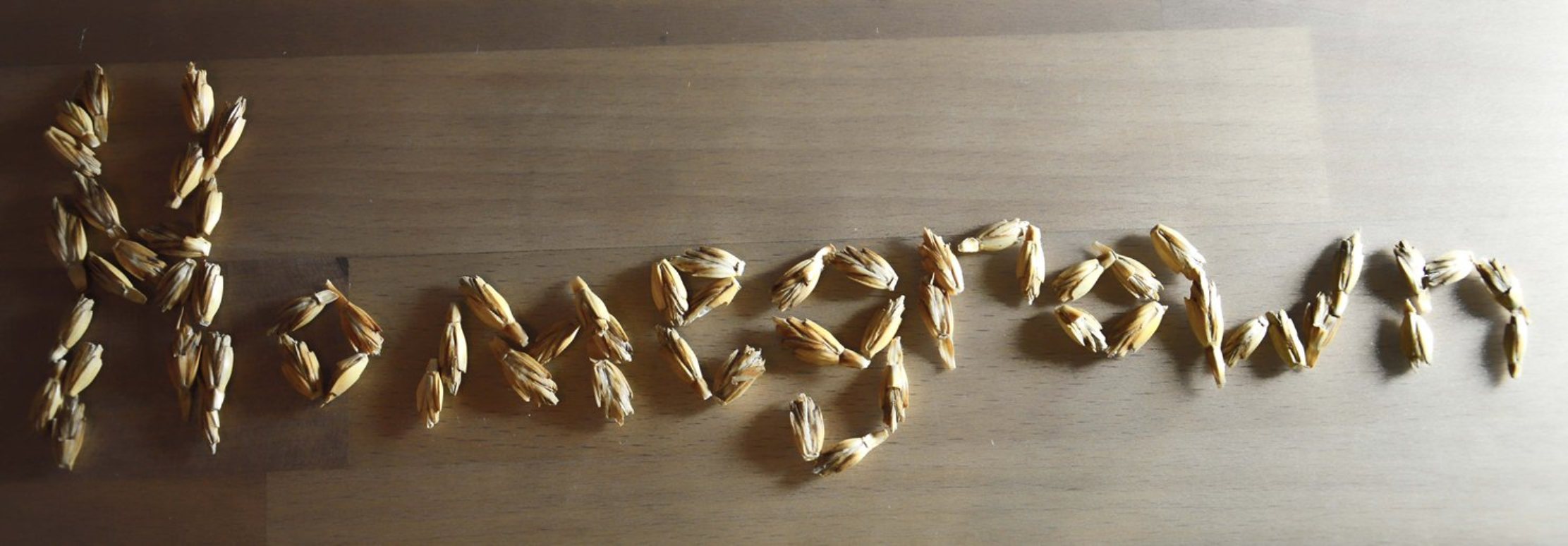Spelt
Spelt (Triticum spelta) is an ancient grain, from the same family as common bread wheat (Triticum aestivum), and durum wheat (Triticum durum). The spelt kernel is covered by a tough outer husk, protecting the kernel from pollutants and from the loss of nutrients during storage.

The spelt, the ancestor of all wheat was bred from sorghum by the Scythian kings. In the Pannonian Basin the grain growth was already blooming in BC 6000. Carbonated grains of spelt prove that it’s been well known and consumed throughout Europe including Britain for about 8000 years, but for the impact of urbanization it was suppressed by common wheat. In the mid 1980′s it was rediscovered and is living its renaissance in most of European countries.
The spelt is a genetically clean ancient plant that withstands pests and illnesses, keeps the weed down very well and doesn’t ruin the soil; therefore it doesn’t need chemicals to be yielded economically. Thanks for its remarkable ability to survive in drought or frost it can be grown in any grain yielding area of the world. Spelt performs well where simple wheat would die because of the bad conditions.
Spelt is a real survivor with such valued content that it well deserves to be called the holly manna. Therefore we chose this crop to grow in order to make sure that our juice is going to have the most goodness nature can give.
Want to know more?
Do you know the diffrences in-between spelt and wheat? Did you know that most people with gluten sensitivity react to spelt flour a lot better? How comes this grain had been forgotten?
